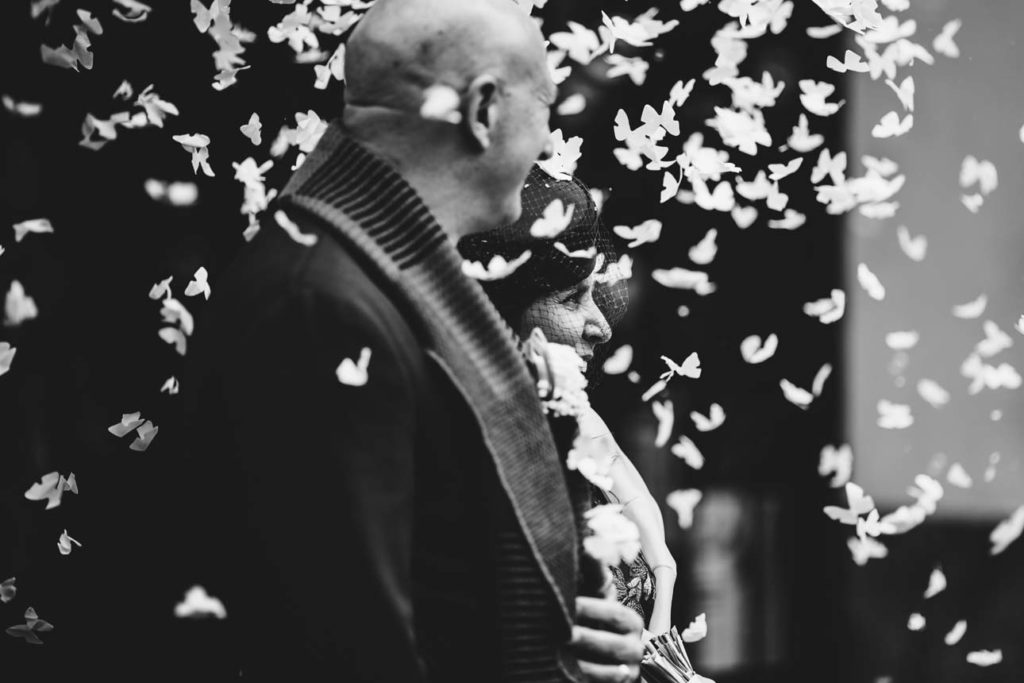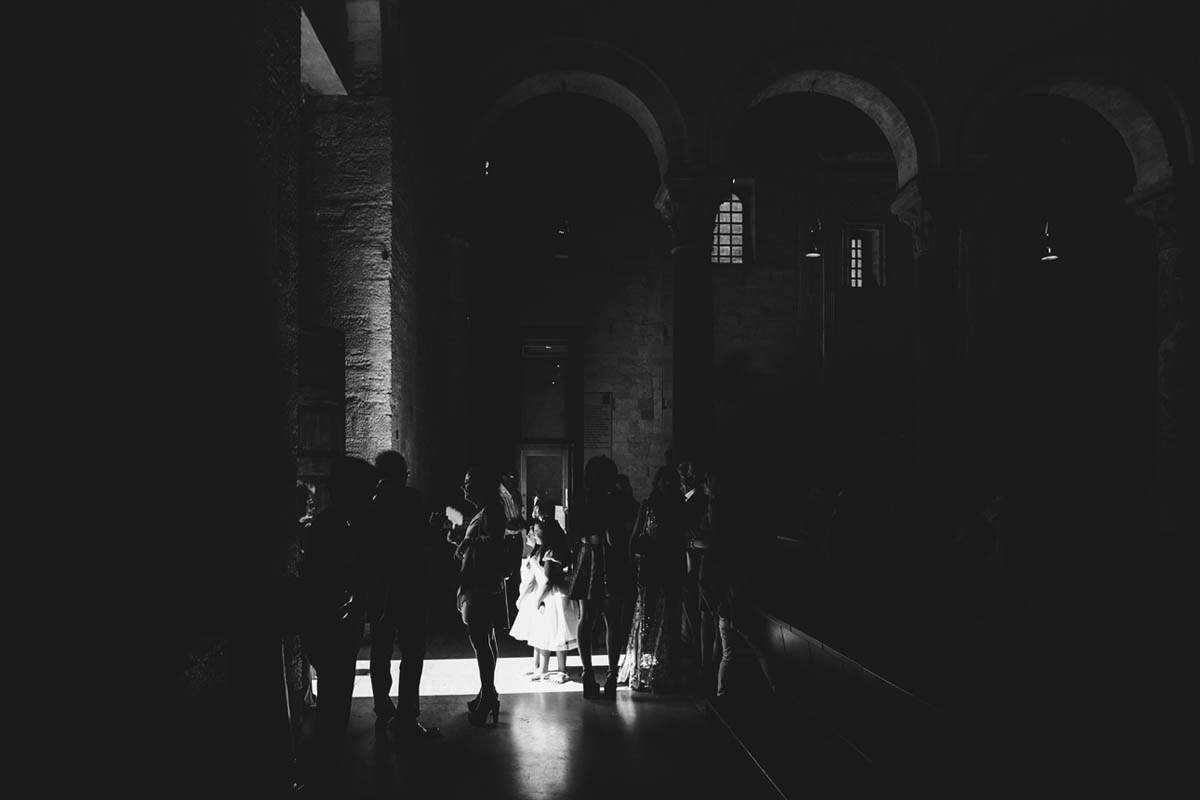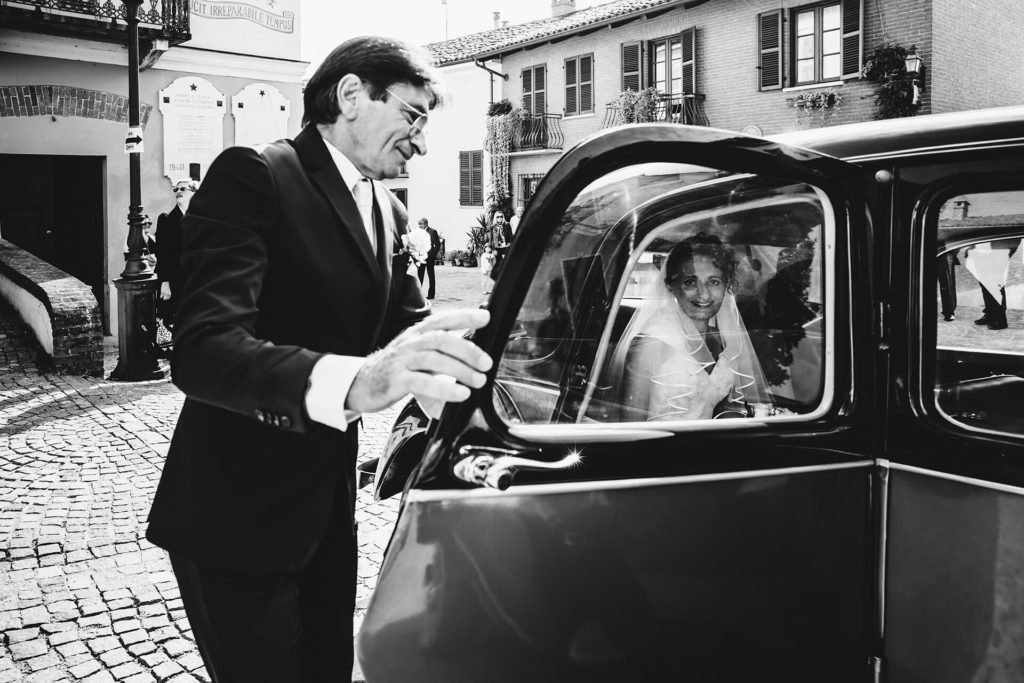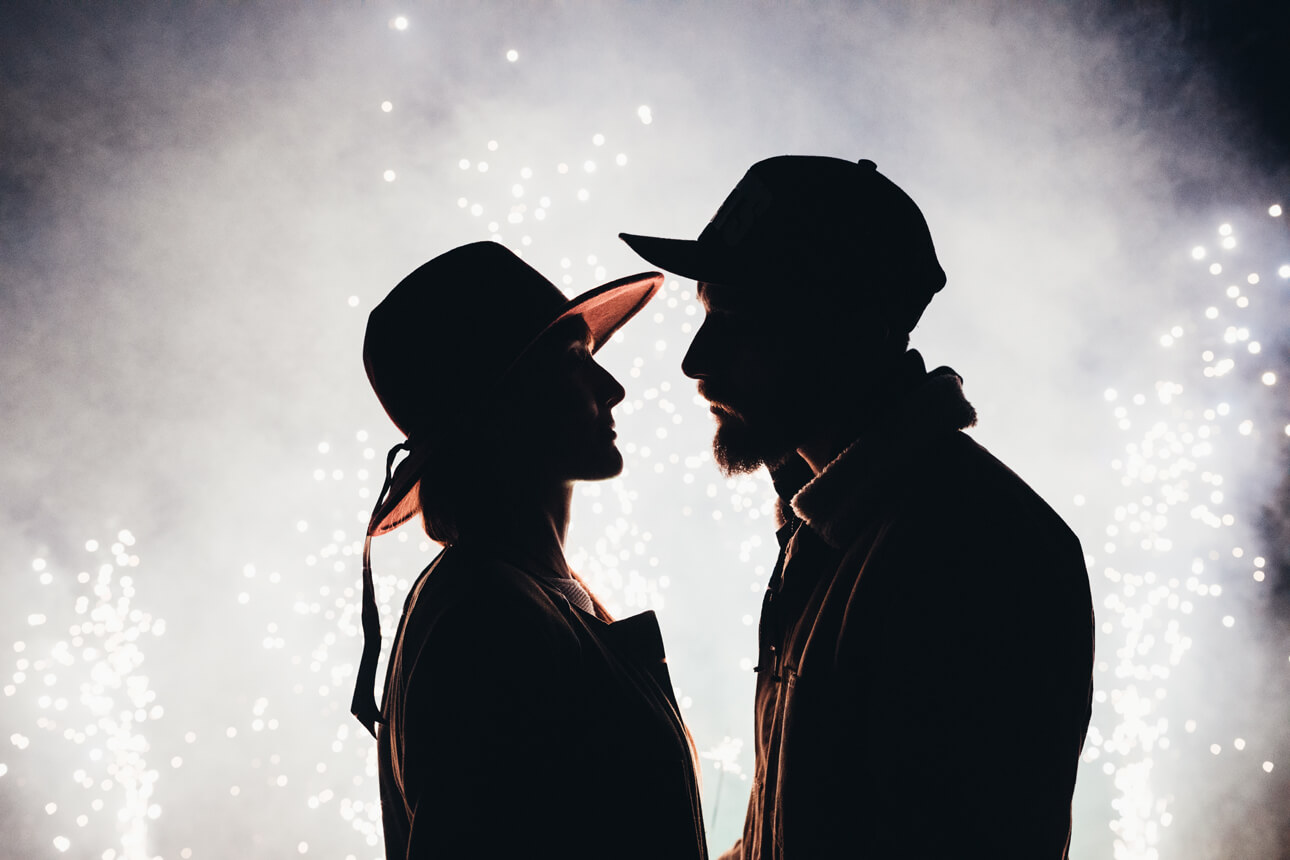
Reportage Photography, also known as Documentary Photography, is more than a style, or a set of techniques, and it is actually much closer to storytelling, a phenomenon which is getting increasingly more central to the world of cultural and artistic production. In fact, with this term we refer to ways of narrating a story, or events, using images and pictures as a tool. Reportage, in other words, means to tell a story.
All the known techniques in photography take on a different life in reportage and documentary photography. Each one of them becomes purposeful to the narration, so that any choice regarding style takes a back seat, and they all become as useful as the story they narrate. It could be hard to opt for abstract shoots, or some heavily edited images, but only because they distract from the object of the picture. Reportage pictures are indeed usually shot in the heat of the moment, with no staging, and they are meant to capture the essence, or spirit, of that moment. Of course, even these fundamentals aspects have to be taken with due caution. There actually are many situations in which a staged picture becomes central to the telling of a story, just like those digression in a novel where a character is thoroughly described. Let’s think, for example, of war and travel reportage, where the events and places are combined with staged shots of the people involved to recreate the overall picture. These images, even though they are in contrast with the main principles of reportage, are quite central to the story told. Even without bringing about masters such as Robert Capa, this very same phenomenon can be found in Wedding Photography. A shooting for a wedding must not overlook some staged pictures, such as a portrait of the bride and groom. These pictures actually complete the story, and they might even exalt it.
Doing reportage, though, does not simply mean to shoot at the right moment. Indeed for that you only need sharp reflexes. Doing reportage means being able to shoot at the right moment using all the knowledge of the art of photography and of the specific camera in our hands. Light, composition, volumes, exposition, focus, these are just a few of the factors that a good professional photographer has to consider every time he or she pulls the trigger. All in a matter of moments. The difference with a traditional photographer, if we talk about wedding photography, is that the one who does reportage tends not to interrupt the course of events, but instead he tries to be a witness of them. No requests for staged pictures, but much glancing and intuition to sense where the conditions for the perfect picture are arising, and, most importantly, much ability in making any condition the perfect one for shooting. What matters is the event, and everything else comes after that. Being able to choose the right frame for each shot to actually account for the story to tell, all in a matter of seconds, is making reportage. And it is not easy.
Indeed, a wedding is many different things. An event, a special moment, public and private at the same time, a stage, but also the theater of sincere human relationships. It all depends on the perspective you adopt. For a photographer this is an important choice. Approaching a wedding through the lens of a reportage, or through the eyes of the reporter, means being able to see the intertwining narratives that make it, those of the bride and groom, but also the guests’, and properly and gracefully account for them. Where a traditional photographer will focus on preparing staged pictures and portraits to get a well done postcard, the one who chooses reportage will quietly let the events speak for themselves, without interfering, but simply being in the right place at the right time. I don’t think there is a real need to manufacture a wedding. Weddings are always wonderful occasions, and I believe it is only just to remember them that way, as the best of days. A sincere smile, stolen with a picture at a table, is worth so much more than all the staged pictures you can find. Sure, I am always happy when people call me to shoot a group picture for them, but even those are somehow casual and ephemeral images of people having fun.
I believe that this is the real difference between a traditional shooting and a reportage: a reminder of a perfect day. I do not like to recreate traditional poses because if you do that all weddings tend to look the same, while each one of them is different and unique in its own ways. Shooting casual pictures, without interfering, enables me to deliver to the bride and groom a perfect and unique reminder of a perfect and unique day, or, in other words, an accurate account. After all, this distinctiveness of stories and events is the most beautiful aspect of this job, and the reason I am so proud to be a professional photographer.
Condividi




